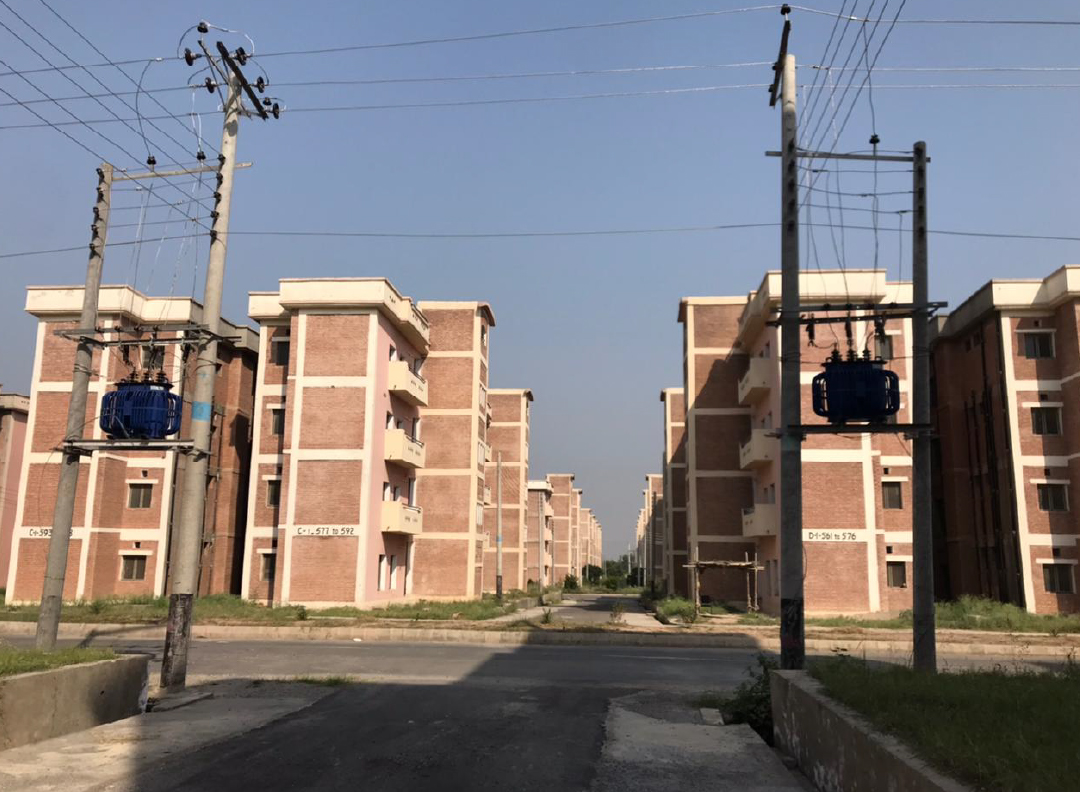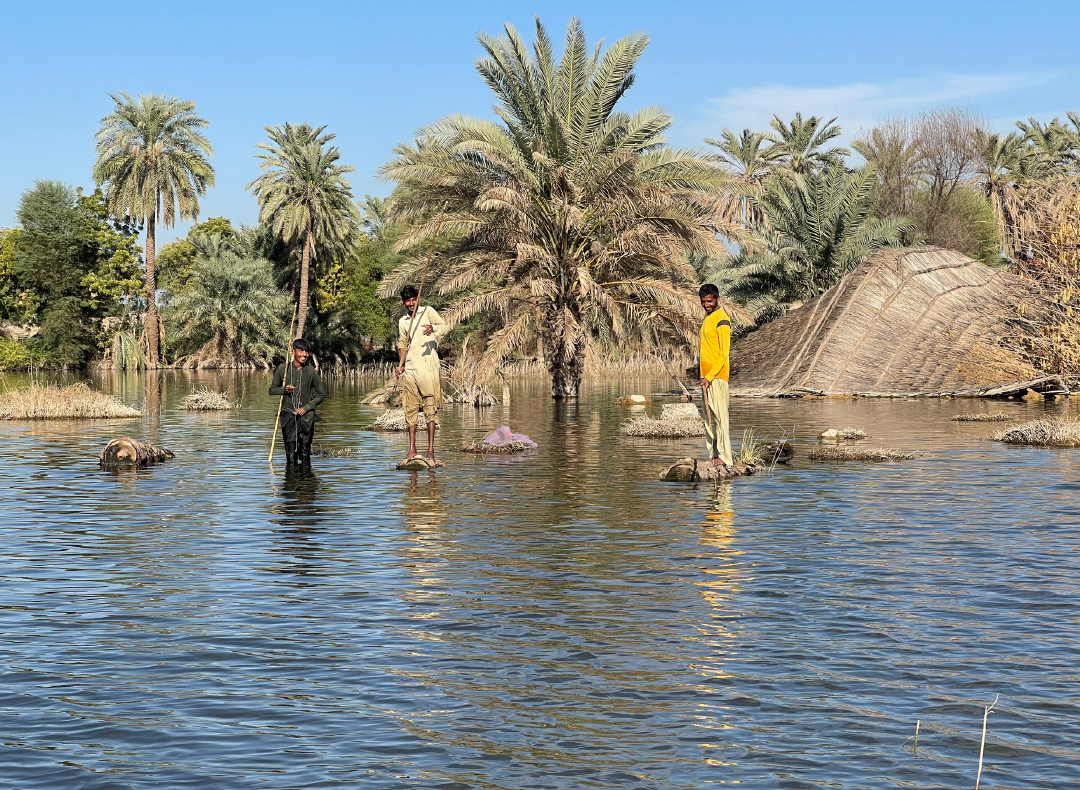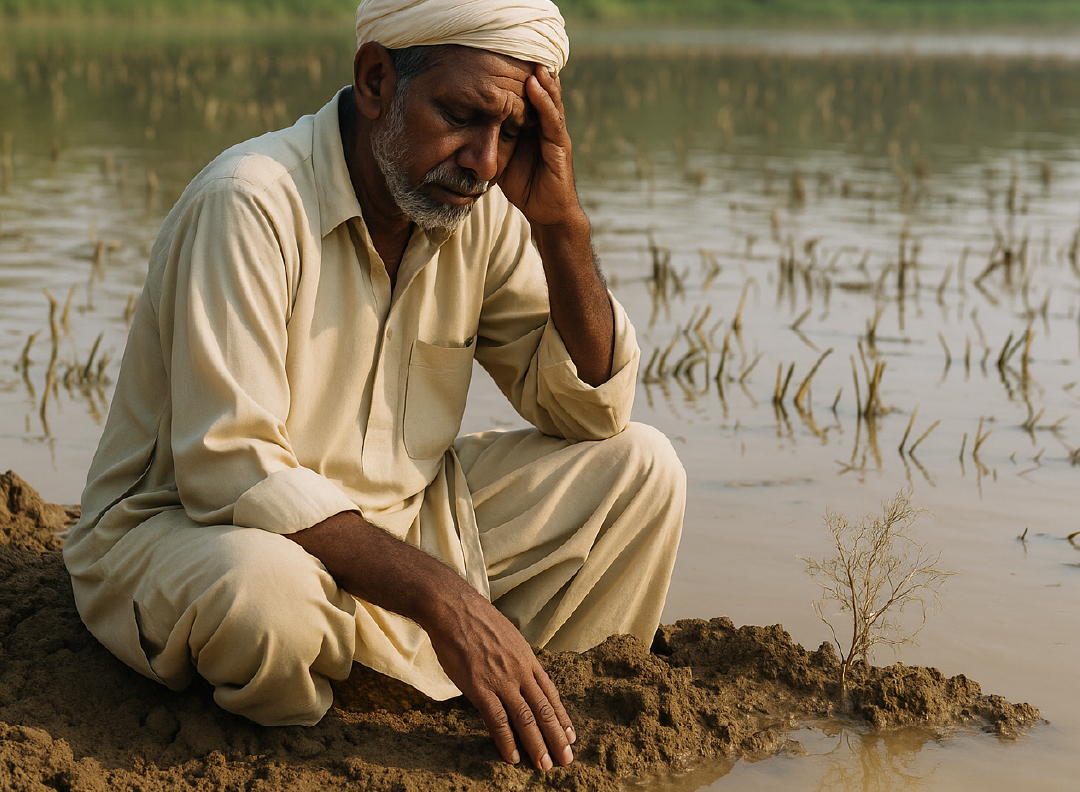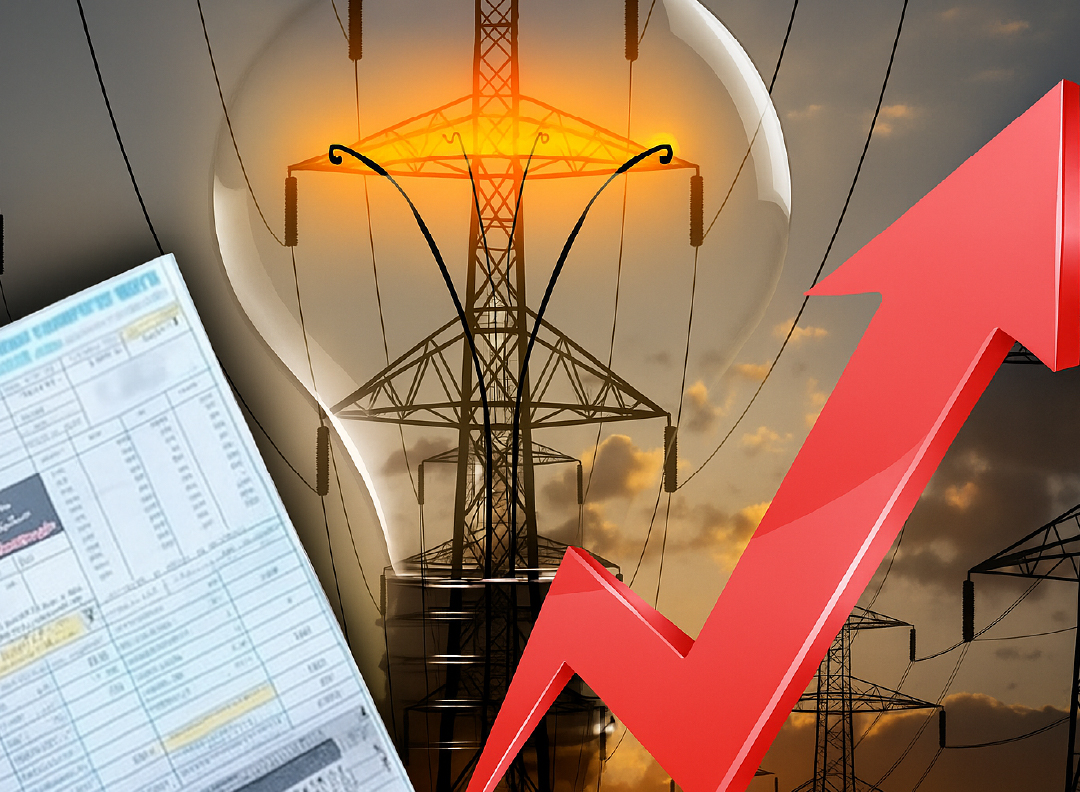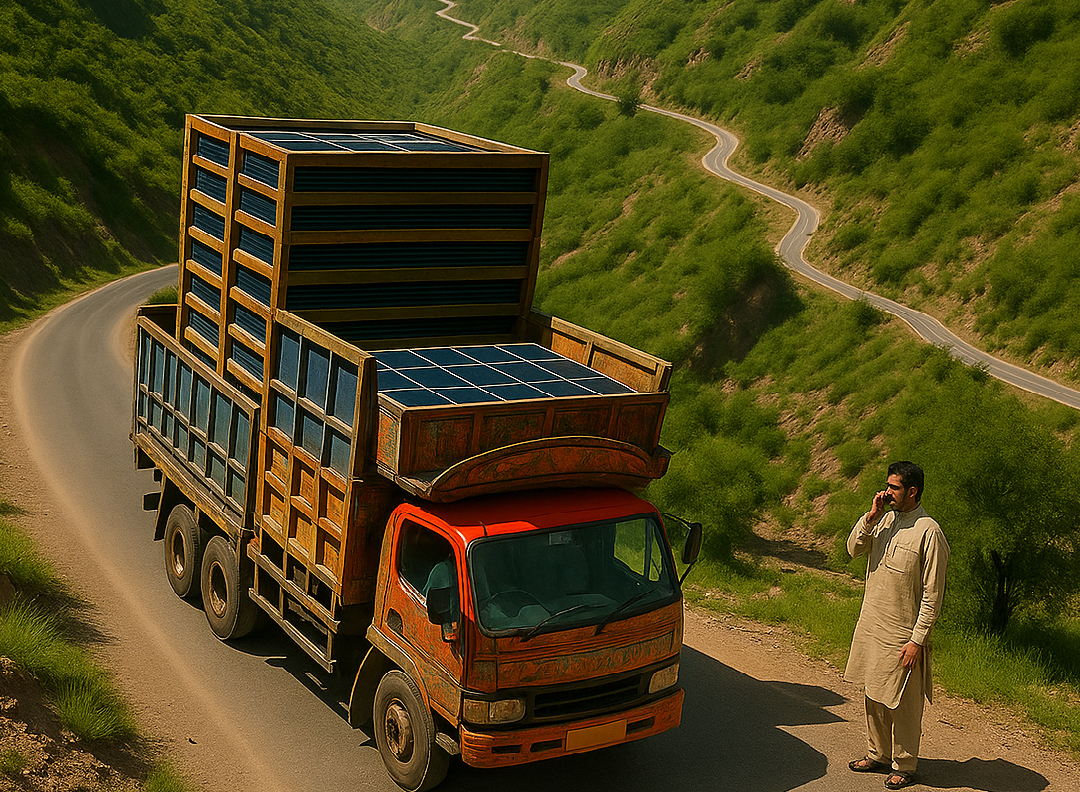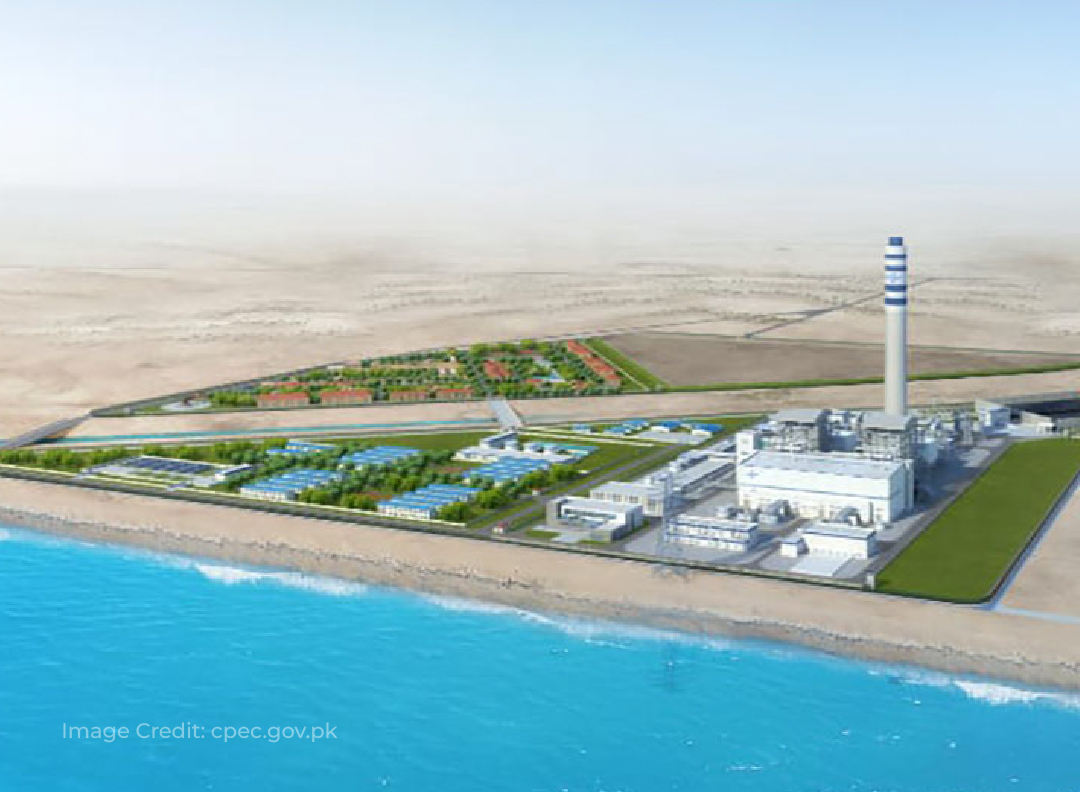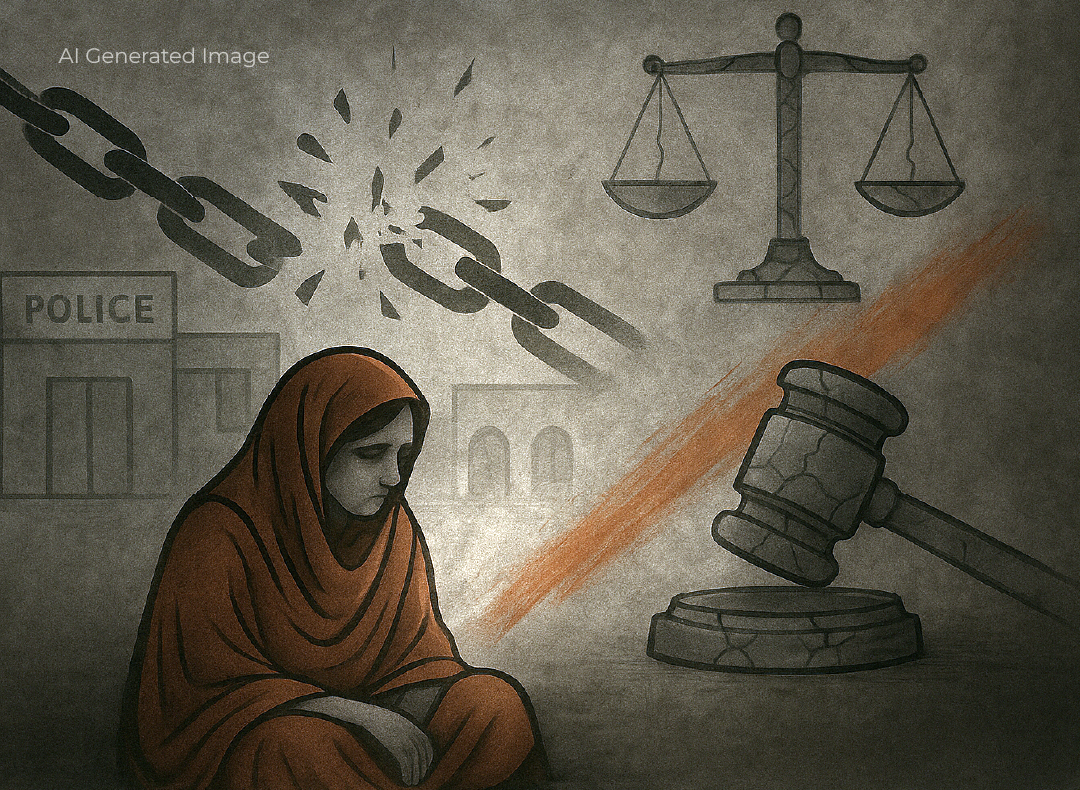Pakistan has been struggling with a severe energy crisis for a long time and numerous power projects are being undertaken to tackle it, including coal power plants, wind turbines, solar energy, biogas and hydropower projects.
To meet the country’s energy and agricultural needs, two major water reservoirs, Mangla and Tarbela dams, were built in the 1960s and 1970s. However, later, most of the focus shifted to power plants burning coal, oil and gas and they have become white elephants for the economy due to the increasing fuel cost globally.
Due to environmental concerns, the global emphasis is now on renewable energy sources like wind and solar. However, in Pakistan, there is still a dominant trend of constructing large hydropower dams.
In Khyber Pakhtunkhwa province, dozens of hydropower projects are under-construction while several smaller projects such as the Gomal Zam Dam and Suki Kinari Hydropower Project have been completed. Meanwhile, two large projects, Mohmand and Diamer-Bhasha dams, are still under-construction.
The people in Khyber Pakhtunkhwa have reservations about these dams due to their negative environmental, social, and economic impacts. Some individuals even question whether large hydropower projects should be considered part of ‘renewable sources’ at all. However, most citizens simply seek cheap energy without consideration of environmental issues.
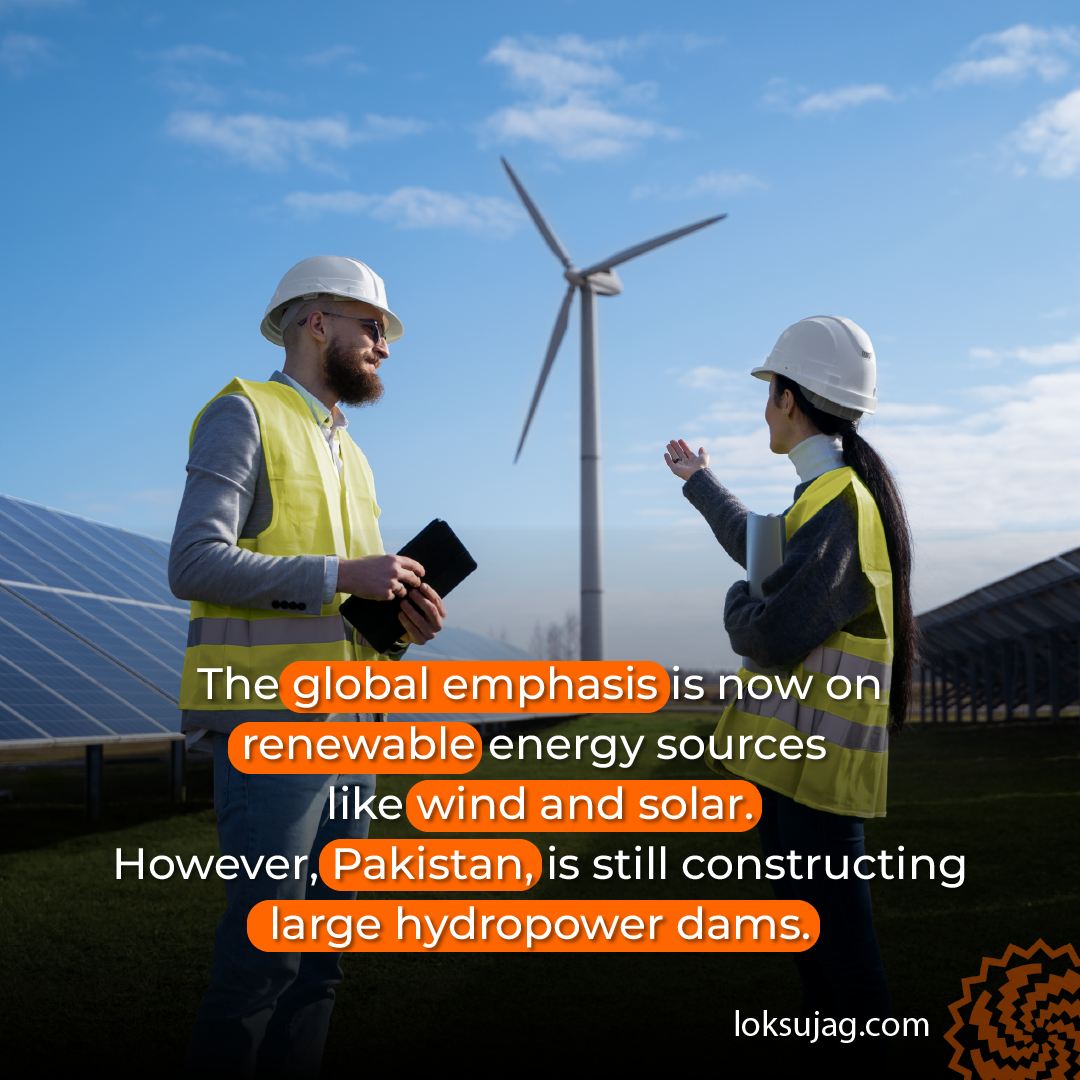
Cheap electricity from big dams – fact or fiction?
There is a myth in Pakistan that large dams provide cheap electricity but a detailed analysis shows a different picture.
Ziaul-Hassan, a social activist from district Dir, says the government starts large energy projects but they remain incomplete despite passage of years.
“A lot of time is wasted due to land acquisition, protests by landowners over non-payments, funding and contract issues. Besides, there is a lot of irreversible damage to forests and mountains due to cutting down of trees while there are issues faced by the local population.”
Dr Hassan Abbas, an expert in hydrology and water resources with a vast experience in hydrology, says that hydropower, like solar and wind, is undoubtedly a renewable source of energy but many issues and losses are associated with it.
“Planning for mega projects takes several years. Until the project starts, costs continue to rise. During construction and operational phases, more complications arise.”
Integrated Generation Capacity Expansion Plan (IGCEP) 2024–2034
Pakistan has made a plant to increase its electricity production to 56GW by 2034.
According to the Integrated Generation Capacity Expansion Plan (IGCEP) 2024–2034 developed by the National Transmission and Dispatch Company (NTDC), the current total electricity production capacity (installed capacity) in the country is 43.7GW (a gigawatt is made of 1,000 megawatts).
For power generation, Pakistan currently has seven coal, oil, and gas-based plants, seven nuclear plants, 14 small (less than 30MW capacity) and 22 large hydropower plants, 12 solar, 45 wind and 10 biogas plants.
The Sustainable Development Policy Institute (SDPI) states that the share of fossil fuels (coal, oil, or gas) in the national production capacity is 59.4pc, hydropower (water or dams) is 25.4pc, nuclear plants contribute 8.4pc, and renewable sources (wind, solar, biogas) account for 6.8pc.
The NTDC data shows that the highest electricity demand in the country has remained below 30,000MW, and in fact, it was even lower last year compared to 2022. Despite this, the demand cannot be met due to expensive fuel.
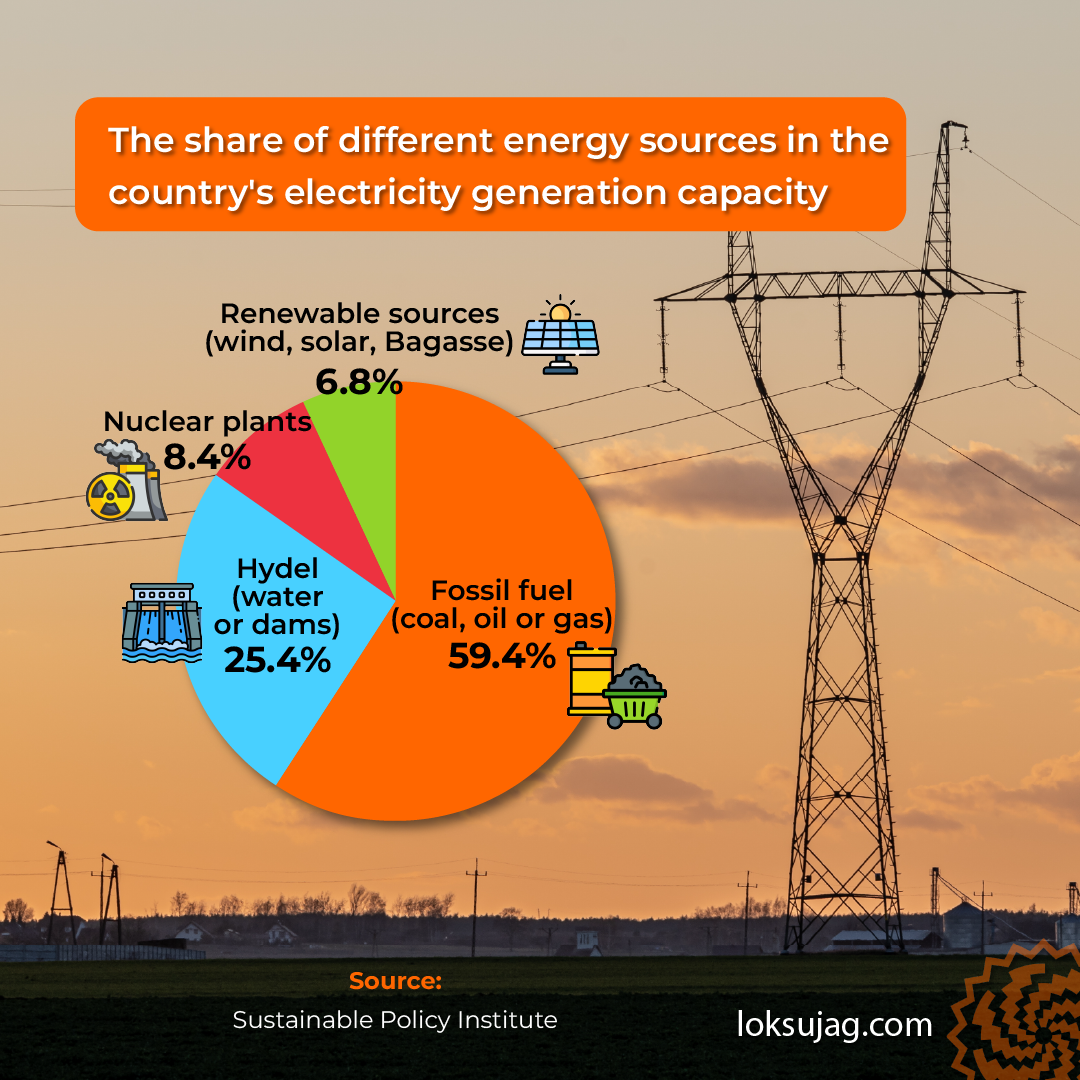
However, the new plan (IGCEP) aims to increase Pakistan’s electricity production capacity from 43.7GW to 56GW by 2034, presumably through cheaper sources, to meet future domestic needs. Official estimates indicate that achieving these targets require an investment of $72bn, with $62 to $64bn allocated for capacity installation and $8.7bn for the expansion of the transmission network. To increase the share of renewable energy to 60pc, Pakistan will need investment of approximately $101bn by 2030.
Proposed energy projects under IGCEP 34-2024 include the Diamer Bhasha-Dam (4,500MW) worth $7.6bn and the Chashma Nuclear Power-5 (1,200 MW) being built at an estimated cost of $5.52bn. This means that the cost of these projects is significantly higher than that of renewable energy sources.
Pros and cons of mega hydropower projects
Proponents of large dams highlight 10 benefits of mega hydropower projects. They claim that after the initial expensive infrastructure is developed, these projects generate electricity at a lower cost. The operation and maintenance costs are also low. These plants are pollution-free and they have a longer lifespan.
However, in contrast, hydropower plants often incur billions of rupees annually for repairs and maintenance. Compared to this, the infrastructure for renewable energy is much cheaper and the cost of maintenance and repairs is negligible, with zero pollution. These proponents argue that large dams store more water, which enables greater energy production along with flood control. Due to the simple machinery and flexibility of hydro systems, the likelihood of breakdowns is relatively low.
Hydrology experts also argue that the potential of generating electricity from water is higher, allowing turbines and generators to be quickly activated to feed electricity into the grid, and electricity can be generated as long as the water flow is sustained.
The benefits are undeniable but the List of drawbacks of these mega projects is much longer. According to experts, the effectiveness of a hydropower project depends on their location. If the site and design are not selected properly, operational issues and failures can arise during the plant’s operational phase. (In Pakistan, the Neelum-Jhelum Hydropower Plant faced similar criticism.)
Also read
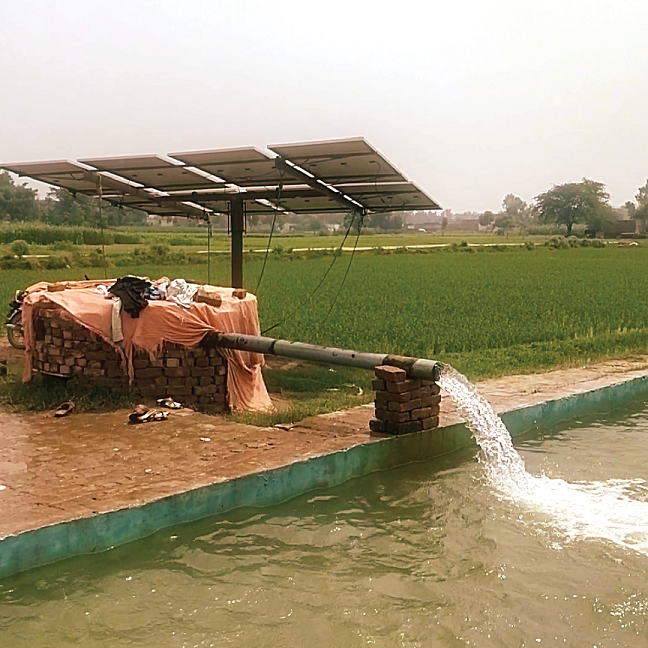
Why are farmers switching their tube wells to solar systems?
No dam completed on time despite double costs
Building dams is very expensive and most are used for flood control or irrigation, which includes the cost of construction along with water reservoirs.
Oxford University conducted a study on 245 large hydropower dams built between 1934 and 2007 in 65 countries. The report, released in 2014, included only those dams that were at least 15 meters (49 feet) tall. The researchers noted that planners and policymakers consistently underestimate the costs and durations required for constructing large dams. On average, the cost of these projects exceeded the initial estimates by 96pc, and their completion took 44pc longer time than initially planned.
Dams a costly affair due to heavy investment
Hydropower involves heavy investment in civil works and electrical equipment and considerable amounts are also spent on laying transmission lines. The losses to communities, agricultural lands and forests add to the costs.
According to experts from the Oxford University, “When looking at the actual costs, we found that large dams were not at all economical. Instead, developing countries ended up further in debt. For example, the construction of the
Tarbela Dam alone led to a 23pc increase in Pakistan’s foreign debt between 1968 and 1984”.
PRIED (Policy Research Institute for Equitable Development), in its analysis of the IGCEP 2024-34, says the country doesn't even need expensive projects like the Diamer-Bhasha and Chashma Nuclear-5 dams due to reduced demand.
“If these two mega-projects are forcefully included in the expansion plan, unnecessary expenditures of $7.6bn on Diamer Bhasha and $5.52bn on Chashma Nuclear-5 will be a burden on the people and reduce the potential share of renewable energy.”
PRIED’s report recommends that no new mega-projects should be initiated until 2027. Instead, efforts should focus on low-cost smaller projects, with a faster pace of solarization and net-metering, which would save billions of dollars. However, work on civil works for construction of the Bhasha Dam has already started.
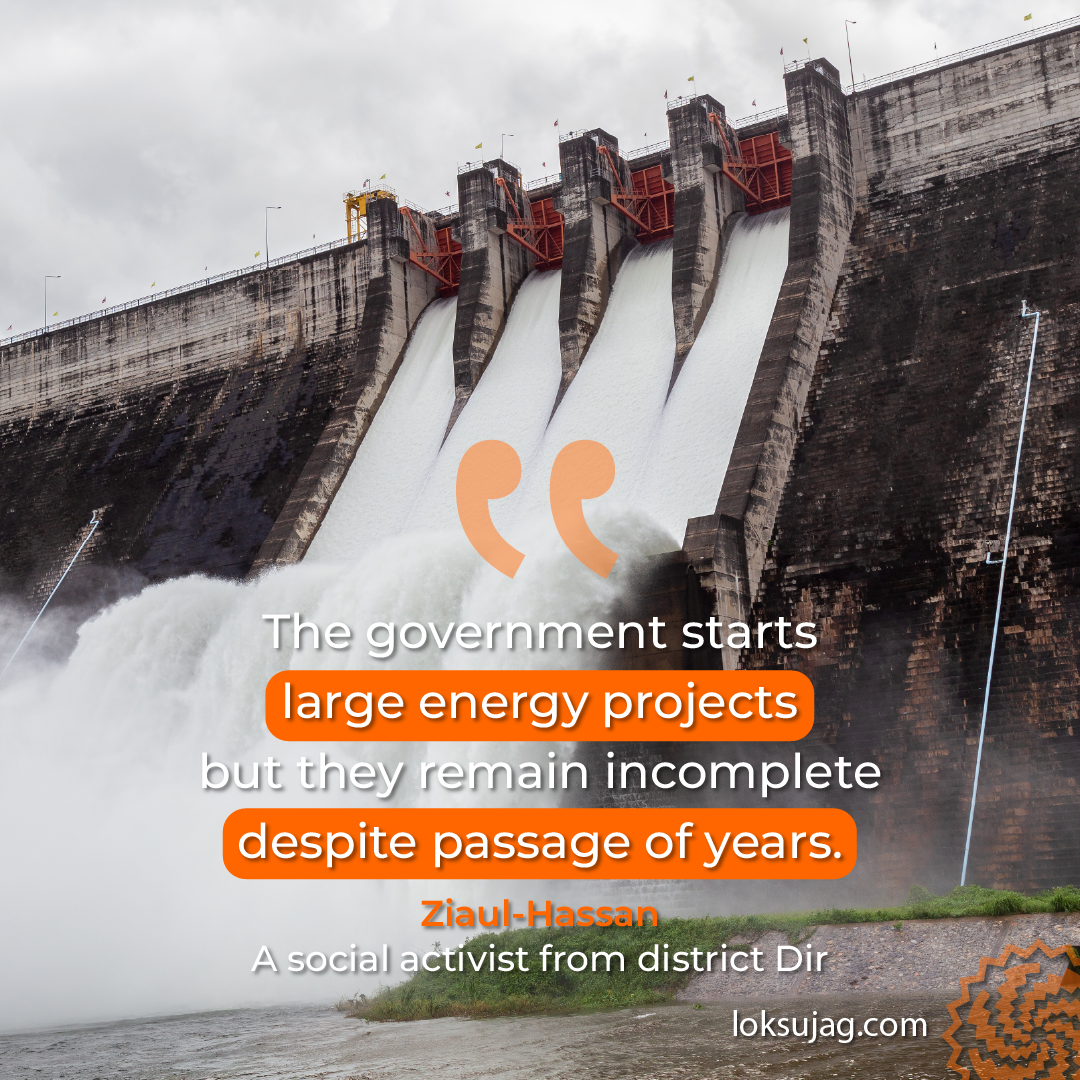
Rehabilitation of 96,000 Tarbela affectees took 50 years
When the Tarbela Dam was built, 96,000 people had to be displaced. This hydropower project, covering an area of 260 sq km was completed in 1976 and electricity production began in 1977.
A report by the Pakistan Engineering Congress indicates that when the construction of this reservoir began in 1968, it was estimated that 88,000 people from 100 villages in three districts of Khyber Pakhtunkhwa—Haripur, Mansehra, and Swabi—would be displaced. However, the number of displaced individuals turned out to be 20pc higher, meaning 96,000 people from 120 villages were affected.
For the resettlement of the displaced, it was decided that those with less than four kanals (0.2 hectares) of land would receive compensation while those with more land would be provided with alternative land.
This issue remained unresolved for decades, and after prolonged protests by the displaced people, the government was forced to establish the ‘Tarbela Commission’ in 1998. Despite this, it took nearly half a century for the issues to be addressed.
Diamer-Bhasha Dam to submerge 31 villages and displace 29,000 people
The Environmental and Social Assessment Report (2010) of Diamer-Bhasha Dam reveals that the project will cover an area of 128 sq km (or 151 sq km according to Wapda) and it would submerge 94km of the Karakoram Highway, several transmission lines, access roads, seven suspension bridges and 31 villages in the Diamer district.
According to a 2008 survey, around 29,000 people will be displaced. In total, there are 64,000 people (226 villages) in the project area who may be indirectly affected.
The Water and Power Development Authority (Wapda) claims that three model villages will be set up in the areas of Thak Das, Harpan Das and Keno Das in the same district for the resettlement of 4,228 affected families. Each displaced household will be provided with a free residential plot of one kanal. According to the official site, construction on the Harpan Das village has already started. However, it remains to be seen whether this plan will succeed.
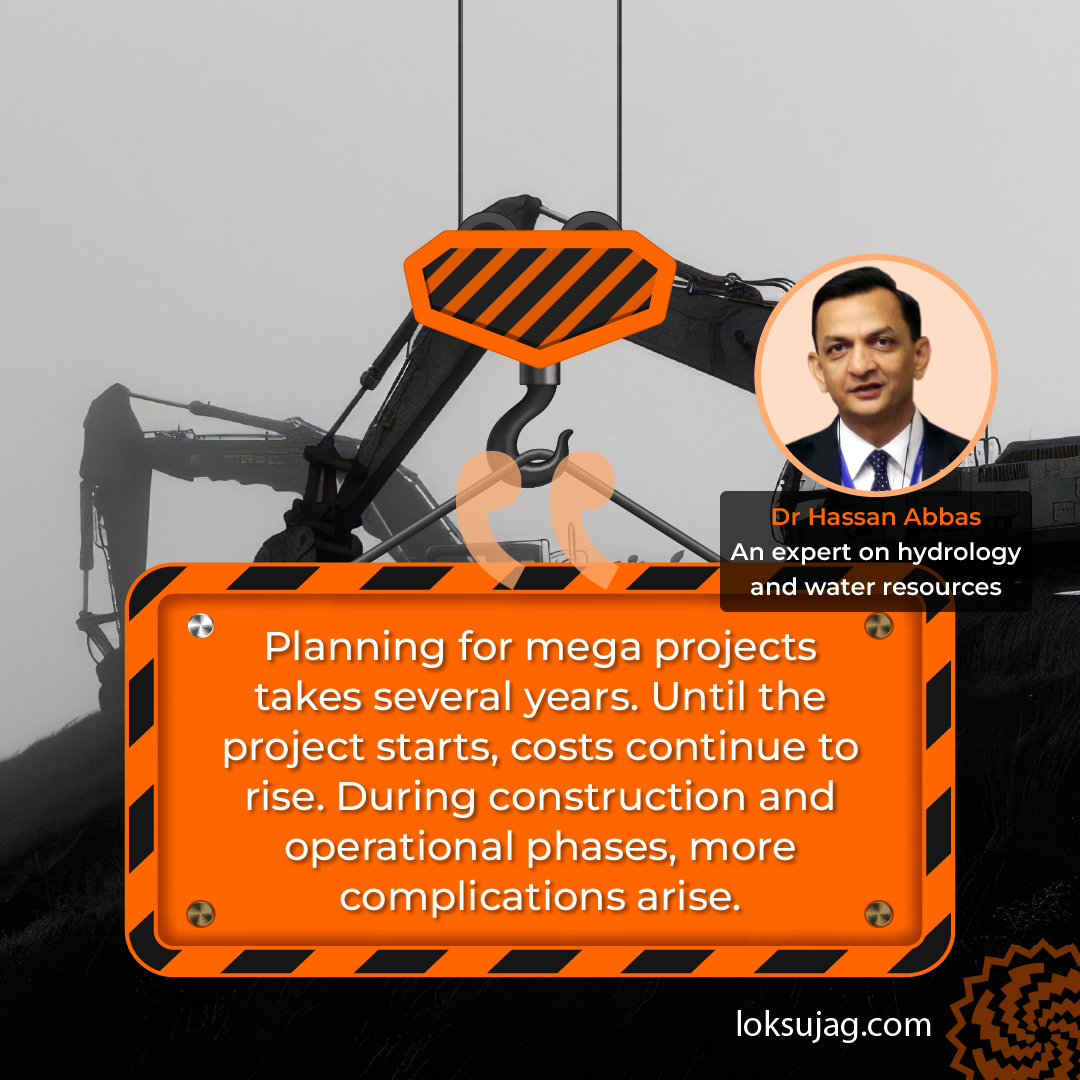
Civilisational loss: 5,200 inscribed stones and rocks to be submerged
Experts argue that hydropower plants can sometimes have unacceptable impacts on the environment, people and social activities. Changes in water quality and quantity downstream can have significant negative effects on plants and forests.
According to the Environmental and Social Assessment Report for the Bhasha Dam, the submerged area would contain over 5,200 stones and rocks bearing more than 31,000 ancient inscriptions and carvings, some of which are thousands of years old.
These archaeological artifacts are linked to the cultural and civilizational heritage of South and Central Asia, particularly related to Buddhism and Hinduism (Brahmanism), and they are considered national cultural assets of Gilgit-Baltistan.
Not only will the reservoir submerge these rock inscriptions, but the displacement of local communities—namely the Shin, Yashkun, and Kamin communities—will also lead to the destruction of their ancient cultural traditions.
Environmental damage: end of black cumin and ephedra in Diamer
The Diamer district is known for some medicinal plants where black cumin (kalonji) grows abundantly. The area is also home to a specific type of mushroom (locally known as Ghochi), which is used in medicines.
In the dam area, plants like ephedra (a source of ephedrine) and artemisia (used for treating stomach ailments and other diseases) grow in large quantities. These herbs are currently sold in local markets for around Rs10,000 per kg.
The construction of the Bhasha Dam will cause the loss of not only these herbs but also many types of plants and wildlife would disappear from the region.
Dr Hassan says that the concerns about the negative impacts of hydropower on the ecosystem are valid. “Changes in the natural flow of rivers and streams often lead to the extinction of several species of fish. Such projects affect the health and movement of aquatic life due to increased water temperature and additional nitrogen entering the water through spillways.”
He further explains that the natural flow of rivers helps maintain the groundwater level but this is disrupted by the construction of reservoirs. The siltation rate in the water changes, which leads to reduced soil fertility downstream as was seen with the Indus Delta in the case of the Indus River.
Also read
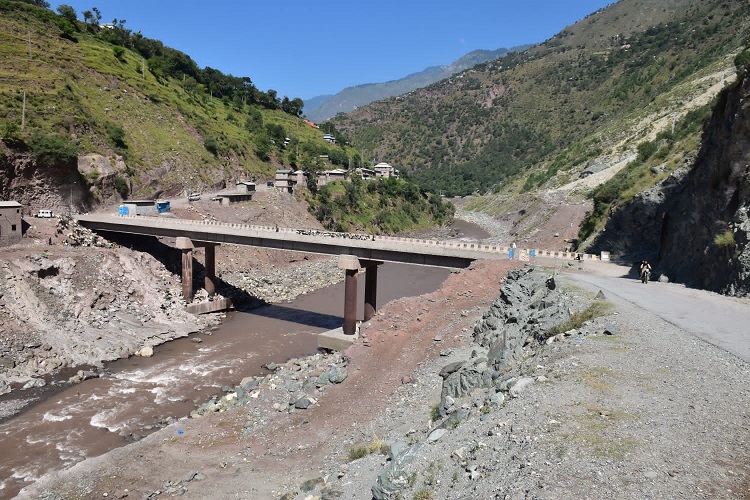
Neelum-Jhelum Hydroelectric Project: An ongoing saga of corruption and financial irregularities
Are large dams a solution to water issues?
Proponents of dams argue that large water reservoirs are necessary for agriculture, food security, and a year-round water supply for cities. However, Dr Usman Farooq, a PhD researcher at the University of Massachusetts, disagrees with this view.
In his article published in The Diplomat, he writes that due to poor water management in Pakistan, a significant portion of river water is wasted in canals and drains.
“Without legal and farm-level reforms, dams like Bhasha cannot solve the national issues, which are causing droughts in Sindh and Balochistan (lower riparians). According to Prof Danish Mustafa of King's College London, dams are a ‘Punjabi obsession’ whose water is used for sugarcane, rice, and cotton.”
Disasters from dam failures in China
In 1952, the Banqiao Dam in China's Henan Province was completed in nearly 14 months with a water storage capacity of 49.2 million cubic meters. However, in 1975, the dam collapsed due to flooding, resulting in the deaths of around 230,000 people, according to Human Rights Watch (the Chinese government confirmed 86,000 deaths), and millions were displaced. This was the largest hydrological disaster. The most recent dam accident occurred in 1993 in the Shanghai province, where more than 300 people died.
After these disasters, opposition to large dams grew worldwide but the obsession with them persisted. The debates around Kalabagh and Bhasha dams and Bonji barrage continued.
Large dams proponents—fools or liars?
Oxford University’s research highlighted two main reasons for the exorbitant costs and prolonged completion periods of these mega projects. First, both experts and the public are overly optimistic about the costs and benefits at the decision-making stage. Second, decision-makers and project proponents deceive the public with false statements.
One of the co-authors of this report, Professor Bent Flyvbjerg, comments that experts who drastically underestimate the costs of dams could be categorized into “fools and liars”.
“Fools are the careless optimists who ignore facts and uncertainties, risking their family’s fortunes on projects with a very low chance of success. Liars, on the other hand, deceive the public by exaggerating the financial or political benefits of projects for personal gain. The consistently poor outcomes of large dams show that these fools and liars have dominated these projects.”
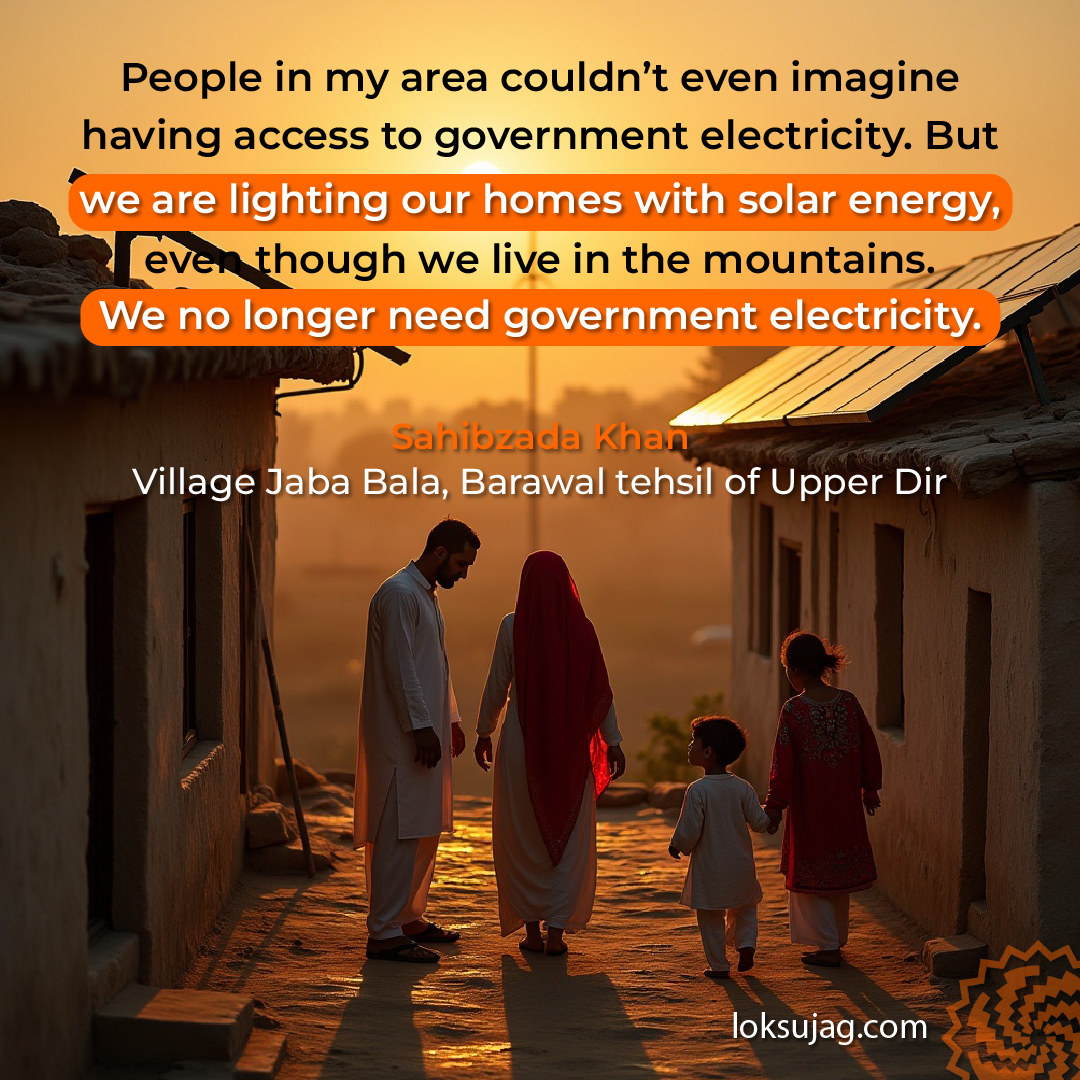
Should small hydropower projects be built?
Dr Hassan says that hydropower production depends on water but after a certain period, if the river water decreases, the plant’s capacity also diminishes.
Tarbela and Mangla are large multipurpose dams but due to silt, their water storage capacity has significantly decreased compared to earlier times. Small dams face even greater challenges with such issues.
“If the government wants to meet the country’s energy deficit, it will have to promote low-cost and renewable sources like solar and wind energy. The coastal areas of Sindh and Balochistan are ideal for wind energy while the entire country is suitable for solar energy.”
Ziaul Hassan mentions that in Swat, Buner, Upper Dir, Upper Lower Chitral, and other districts, both the government and private institutions, as well as local people, have set up many small hydropower plants on their own.
“Some (small hydropower plants) continue to provide cheap electricity regularly, but most have shut down due to water scarcity and floods, which have swept away the generators. Now, people are shifting to solar power.”
Hasibullah, a resident of Kalkot tehsil in Upper Dir district, shares that some areas still have small hydropower plants being built with the cooperation of non-government organisations (NGOs) and provincial government institutions like Pakhtunkhwa Energy Development Organisation (PEDO). However, these projects take years to complete.
“When they are completed, their maintenance and repair become a major issue for us.”
Also read
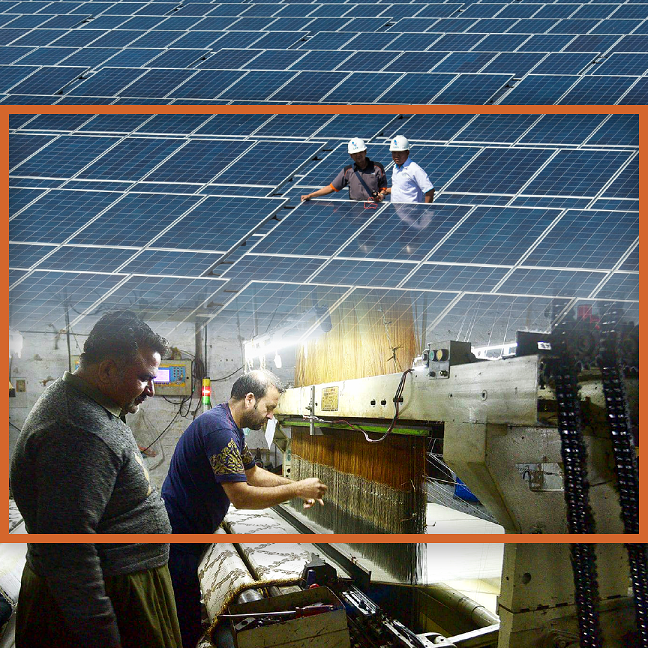
Solar energy shift: A brighter future for Pakistan textile industry
Solar energy a blessing
In Germany, an average of about four-and-a-half hours of sunlight (sunshine hours) is available per day throughout the year. However, according to the global website EMBER, renewable sources contribute 59pc of electricity production in Germany, with wind and solar accounting for 45pc. In contrast, Pakistan has an average of about eight hours of sunlight per day throughout the year. Unfortunately, by the end of last March, solar and wind energy contributed only 6-7pc to the country’s total electricity production.
Sahibzada Khan, a resident of Jaba Bala in the Barawal tehsil of Upper Dir, says that people in his area couldn’t even imagine having access to government electricity. “However, now, with God’s grace and foreign technology, we are lighting our homes with solar energy, even though we live in the mountains. We no longer need government electricity. If possible, the government should reduce the prices of solar panels and related equipment.”
Published on 2 Mar 2025


